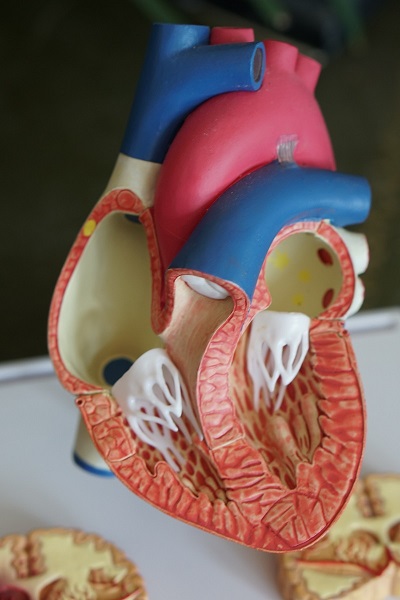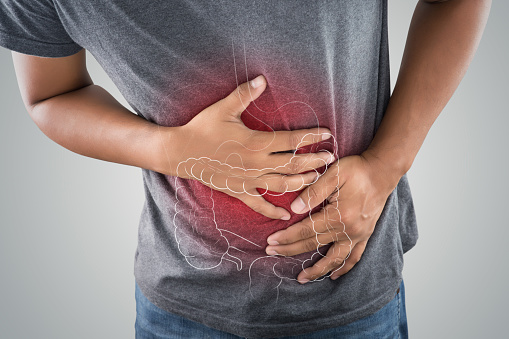In this article, we discuss step by step, the various adaptations that take place in the kidneys when there is a loss of function of the nephrons.
The Kidneys, which are basically a collection of thousands of nephrons are able to adapt and adjust, whenever there is a loss of function of the nephrons. Here, it is worth noting that the nephrons are the functional unit of the kidneys.
In this four-part series, the first topic on the subject concerns the tubular transportation of sodium chloride and water. Most of the water that is sent into the kidneys is filtered and the sodium salts are reabsorbed in the tubules. However, a small part is left unabsorbed, whose quantity may be in excess of what is required. It is in the proximal tubule that more than two-thirds of sodium salts are reabsorbed and the sodium concentration in the blood remains largely unchanged. So the fluid reabsorption in the proximal tubule is nearly isosmotic and there is active reabsorption and transportation of sodium.
With chlorine and bicarbonates removed, only the active ions of sodium are left to be reabsorbed. Glucose, amino acids, lactates and other organic solutes are also reabsorbed in the proximal tubule by the process called the cotransport mechanism. So when sodium is absorbed, all of them are also absorbed along with the sodium by way of linking them to the cellular entry in the tubules. Along with them, water is required for reabsorption purposes. Thus excess or adequate amount of water is brought back into the blood.
It can be thus seen that the proximal tubules of the nephrons have high water permeability. Secondly, due to the preferential absorption of bicarbonates and organic solutes in the proximal tubule, the concentration of these substances decrease as the urine passes further. Thus by creating the osmotic pressure, the sodium reabsorption starts taking place in the kidneys and it creates an osmotic pressure gradient. Lateral interstitial space hypertonicity is produced at different rates and thus diffusion and reabsorption of substances take place.










